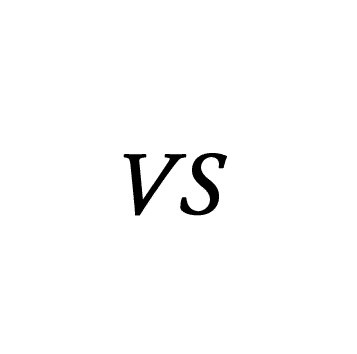It identifies and protects a product that results from several stages involving carefully monitored practices and know-how, applied in a delimited geographical area.

Product specification
Cognac production and aging conditions are recorded and regulated in the specifications, which guarantee its originality and uniqueness. Compliance with specifications is monitored by the Bureau National Interprofessionnel du Cognac (BNIC), recognized as the Cognac Defense and Management Body (DMB).
Specifications for the “Cognac”, “Eau-de-vie de Cognac”, or “Eau-de-vie des Charentes” Geographical Indications established by the Cognac DMB are officially recognized by the French decree No.2015-10 dated 7 January 2015.
These specifications are subject to change; the BNIC, via the DMB, is responsible for any modifications.

The specifications establish the origins, terroir, and production methods

define and characterize the product

specify the obligatory declarations of certified operators

outline the main points to monitor
Cognac aging categories
The age of a spirit corresponds to the youngest component of the blending. Cognac cannot be sold before a minimum of two years of aging, without interruption and exclusively in a oak vessels. Below are the aging categories mostly used.

At least2 years
of agingOther terms: “3 Etoiles”, “Sélection”, “De Luxe” and “Very Special”

At least4 years
of agingOther terms: “Réserve”, “Vieux”, “Rare”, “Royal” and “Very Superior Old Pale”

At least10 years
of agingOther terms: “Hors d’âge”, “Extra”, “Ancestral”, “Ancêtre”, “Or”, “Gold”, “Impérial”, “Extra Old”
The termes below are specific to Cognac that have aged 14 years or more.
“XXO.”, “Extra Extra Old”
Other aging categories
“Supérieur”, “Cuvée Supérieure”, “Qualité Supérieure”
“Vieille Réserve”, “Réserve Rare” and “Réserve Royale”
“Napoléon”, “Très Vieille Réserve”, “Très Vieux”, “Héritage”, “Très Rare”, “Excellence” and “Suprême”
MAIN LABELLING INDICATIONS
Cognac labelsCognac
A Cognac can be identified by the indications on the label.
Roll over each mention and discover their meaning.
![]()
Geographical indication
The Geographical Indication must feature on the label:
- Cognac
- Eau-de-vie de Cognac
- Eau-de-vie des Charentes
GI wine spirits may be accompanied by the wording “Fine”.
This is the sales denomination
Aging categories*
Aging categories indicate the age of the youngest wine spirit used in the final blend. Cognac cannot be sold before a minimum of two years of aging, without interruption and exclusively in oak vessels.
*Optional wording
Capacity
Net capacity in liters, milliliters or centiliters.
(Lettering of minimum 4 mm height for a capacity ranging from 20 cl excluded up to 100 cl included)
History of the Cognac geographical indication
- 19091 May 1909
delimitation of Cognac production areas
- 193615 May 1936
Definition of the production conditions for the GI “Cognac”, “Eau-de-vie de Cognac” or “Eau-de-vie des Charentes”
- 193813 January 1938
Definition of the production areas within the Delimited Region for each “cru”
- 19415 January 1941
Founding of the “Bureau National de Répartition des Vins et Eaux-de-vie de Cognac”
- 196830 May 1968
Founding of the GI regional committee “Comité Régional de l’Institut National des Appellations d’Origine” (CRINAO)
- 197518 March 1975
Prohibition of the sale for consumption of Cognac aged for less than two years
- 198924 July 1989
recognition of the “Bureau National Interprofessionnel du Cognac” (BNIC) as an interprofessional body
- 199211 May 1992
One hundredth anniversary of the BNIC “Station Viticole”
- 200826 May 2008
Establishment of Climate Reserve Stocks to support producers in the event of unforeseen circumstances
- 200921 September 2009
the first product specification
- 200918 December 2009
Cognac becomes the first foreign Geographical Indication to gain recognition in China
- 201022 December 2010
recognition of the BNIC as a Defense and Management Body (DMB) for the Cognac GI.
- 201116 June 2011
first modifications to the specifications (the 2009 version cancelled and replaced)
- 20157 January 2015
new Cognac specifications (updated 8 November 2018)
Key points to remember
- Cognac is traditionally made by blending wine spirits of different ages from different production areas, although it is not a requirement.
- Cognac always retains the age at which it is bottled since, unlike wine, spirits do not evolve after bottling.
- Cognac wine spirit is aged without interruption, exclusively in oak vessels.


